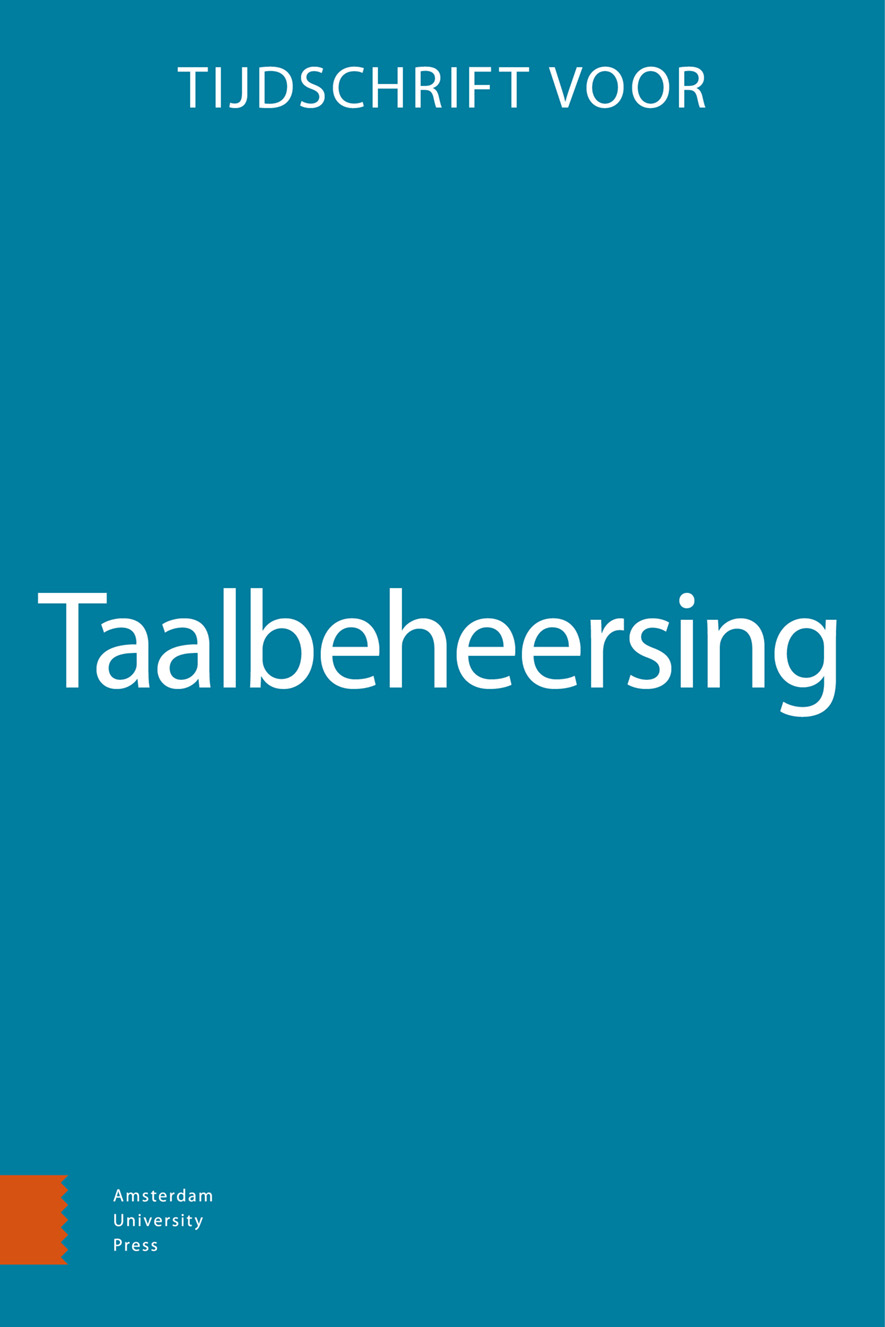-
oa “Mijn stoma is een #superstoma”
Een discursieve analyse van blogs over stoma’s1
- Amsterdam University Press
- Source: Tijdschrift voor Taalbeheersing, Volume 41, Issue 3, Nov 2019, p. 461 - 484
-
- 01 Nov 2019
Abstract
In this article we present a micro-analysis of 27 English blogs of people who reflect on their illness experience and the ostomy surgery they had to undergo as a result of that illness. We adopt an approach based on two related perspectives: conversation analysis and discursive psychology. Both perspectives consider language as a tool for social action. Our findings demonstrate that the discourse of the blogs serves three important social functions. First, the bloggers are able to describe how they have managed their ill-health for a long time, and how ostomy surgery became an inevitable next step. Second, bloggers can demonstrate their acceptance of the ostomy bag in embodied and personified ways (e.g., naming their bag) as well as emphasizing a return to a new normal. Third, ostomates present their stoma as a transformational occurrence. They do so by emphasizing extraordinary achievements in their lives after their stoma surgery and by displaying a strong normative claim to act as a role model. With this micro-analysis we have attempted to uncover how ostomates engage in identity work vis-à-vis their illness and how this is accomplished in the discourse of their blogs. This fine-grained analysis may be of importance to fellow ostomates and medical professionals, as it highlights the main concerns of ostomates in their experiential account of ostomy surgery.


